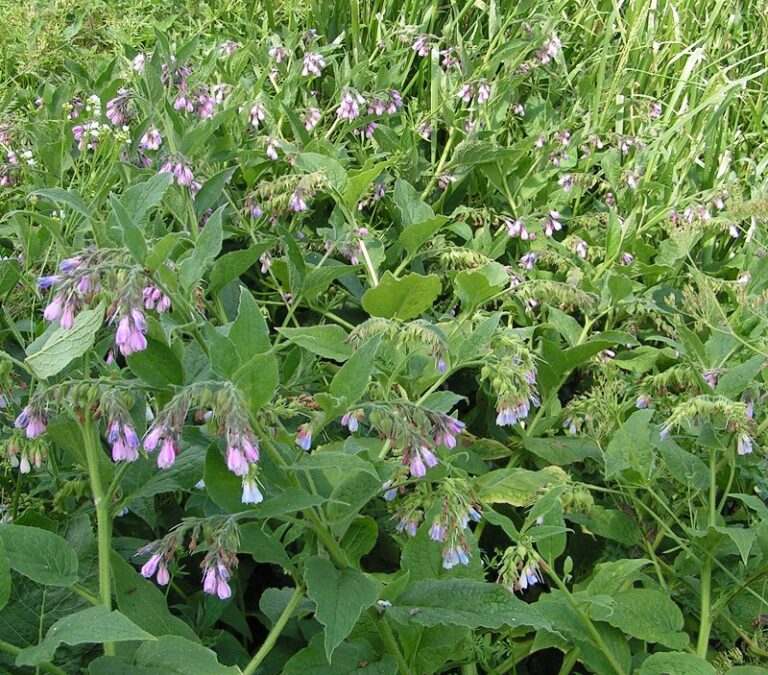Keeping Your Cat Safe: A Guide to Spider Plants and Your Furry Friends

Spider plants have become a staple in many homes due to their ease of care and unique aesthetic appeal. If you are a cat owner, you may be wondering if these popular houseplants pose a risk to your feline friend. In this comprehensive guide, we will explore whether spider plants are toxic to cats, how to prevent your cat from nibbling on them, and what to do if your cat does ingest some of the plant.
Are Spider Plants Toxic to Cats?
Spider plants, scientifically known as Chlorophytum comosum, are beloved for their cascading offshoots that resemble dangling spiders. Despite their striking appearance, spider plants are considered nontoxic to both cats and dogs, according to the ASPCA. This means you can safely keep these plants in your home without worrying about major health risks to your pets.
Potential Risks
While spider plants are not toxic to cats, it is still important to monitor your pet’s interactions with these plants. Cats are not natural herbivores and ingesting large amounts of any plant can lead to gastrointestinal upset or vomiting. Therefore, it is wise to place your spider plant out of your cat’s reach to prevent any unwanted snacking.
If you suspect that your cat has nibbled on your spider plant, keep a close eye on them for signs of distress. While the discomfort should subside on its own, it is essential to contact your vet if your cat has ingested a large amount of plant material or if you have multiple plant varieties in your home that may be toxic to cats.
Why Do Cats Like Spider Plants?
Cats are known for their curiosity and penchant for nibbling on greenery. If your cat is kept indoors and unable to access outdoor foliage, they may be drawn to plants like spider plants as a substitute. The spiky, flowing foliage and dangling offshoots of a spider plant can be irresistible to a playful feline.
Preventing Your Cat From Snacking
To keep your curious cat from munching on your spider plant, consider the following tips:
-
Potting in a Hanging Planter: Hang your spider plant from the ceiling to keep it out of your cat’s reach. This prevents them from accessing the plant’s tempting foliage.
-
Provide Alternative Toys: Offer your cat designated hanging toys to distract them from the spider plant. This can help redirect their attention and prevent unwanted nibbling.
-
Grow Cat Grass: Cat grass trays or catnip can serve as safe alternatives for your cat to graze on. These plants are specifically designed for feline consumption and can satisfy their natural urge to munch on greens.
By implementing these strategies, you can create a safe environment for both your spider plant and your beloved feline companion.
In conclusion, while spider plants are generally safe for cats, it is essential to take precautions to prevent your pet from ingesting large amounts of plant material. By being mindful of your cat’s behavior and implementing preventive measures, you can enjoy the beauty of spider plants in your home without worries.
Remember, a happy cat and a thriving spider plant make for a harmonious household!





